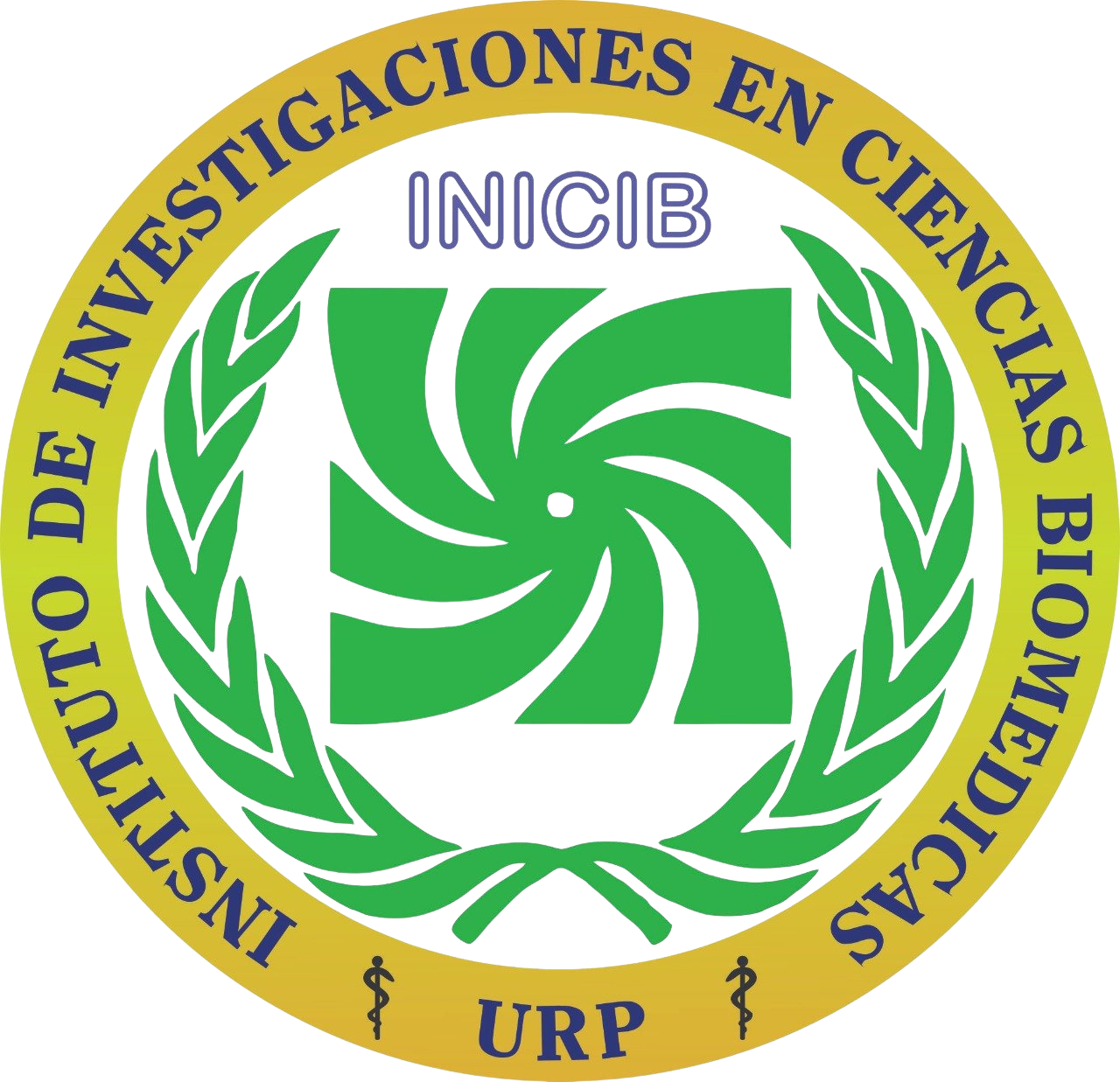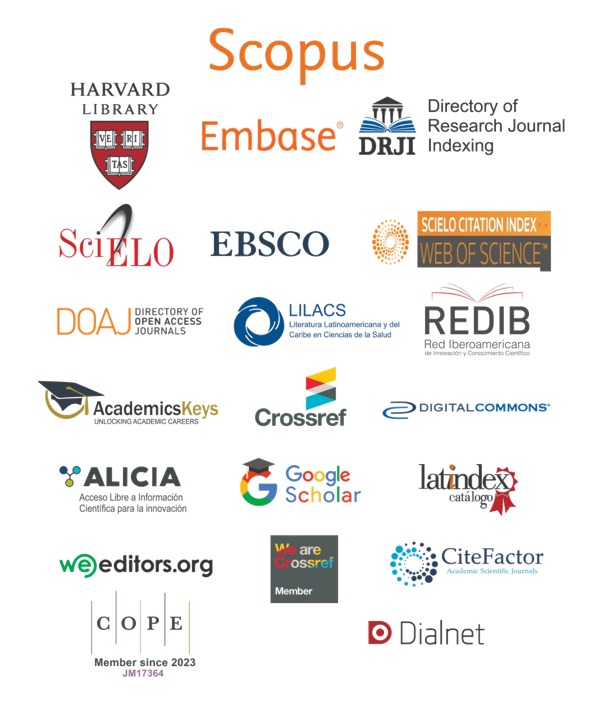Current status of general resources and operation of pediatric emergency departments of Latin American public hospitals (Study RFSEPLA)
Estado actual de recursos generales y funcionamiento de servicios hospitalarios de emergencias pediátricas con gestión pública en Latinoamérica (Estudio Rfsepla)
DOI:
https://doi.org/10.25176/RFMH.v22i2.4787Keywords:
Pediatric Emergency Departments, Quality of Health Care, Preparedness, Surveys and Questionnaires, Health ResourcesAbstract
Introduction: To improve the quality of care in Pediatric Emergency Services (SEP) it is essential to carry out measurements and surveys.
Purpose: Describe the resources and operation of the SEPs of public hospitals in Latin America.
Methods: Descriptive, quantitative and retrospective study. Survey conducted in SEP of Latin American hospitals with public funding and with PICU (2019). Data processed by REDcap and InfoStat programs. Continuous variables are presented as medians and ranges; categorical variables as percentages; productivity / resource ratios as a ratio. Univariate analysis was performed.
Results: Of 371 services in 17 countries, 107 (28.8%) answered the survey; 102 (95.3%) have an observation area and 42 (39.3%) have isolation rooms. The medians of annual visits / observation bed and daily visits / clinic were 4830.6 and 24.4, respectively. The number of beds increased by 74.1% in the seasonal peak, 6.1% of the consultations required hospitalization and 2.0% were assisted in the Resuscitation Sector. 37 (34.6%) SEP have> 80% of 27 items considered essential by the International Emergency Federation, 43 (40.2%) lack complete airway equipment and 74 (69.2%) perform triage. The median number of daily consultations is 38.4 / doctor and 35.3 / nurse. In 72 (67.9%) SEP there is a doctor and a nurse coordinator per shift, in 83 (77.6%) computerized data are handled, in 25 (23.4%) they do not perform diagnostic coding and in 16 (15% ) discharge summary is not prepared. 68 (64.1%) SEP use 5 protocols for critical situations, in 10 (9.4%) the medical personnel have teaching / research hours and in 43 (41%) there is a quality improvement plan.
Conclusions:The information obtained regarding resources and operation of public PEDs in Latin America reveals important gaps.
Downloads

Downloads
Published
How to Cite
Issue
Section
License
Copyright (c) 2022 Revista de la Facultad de Medicina Humana

This work is licensed under a Creative Commons Attribution 4.0 International License.



































